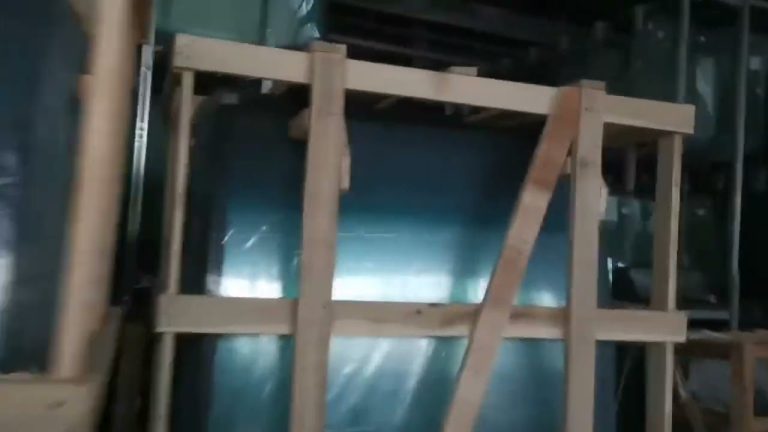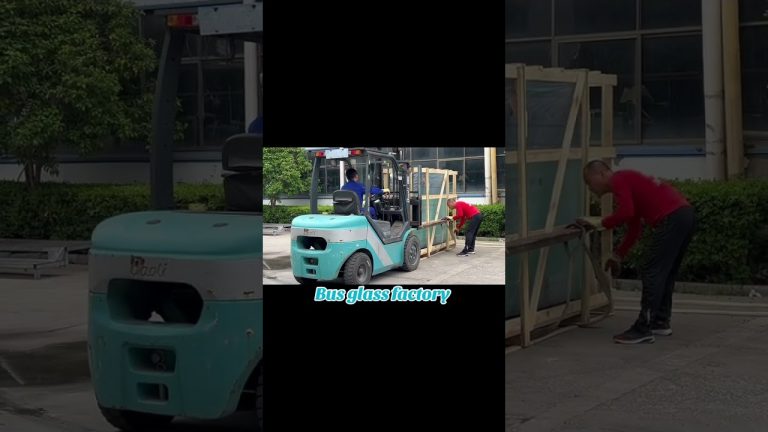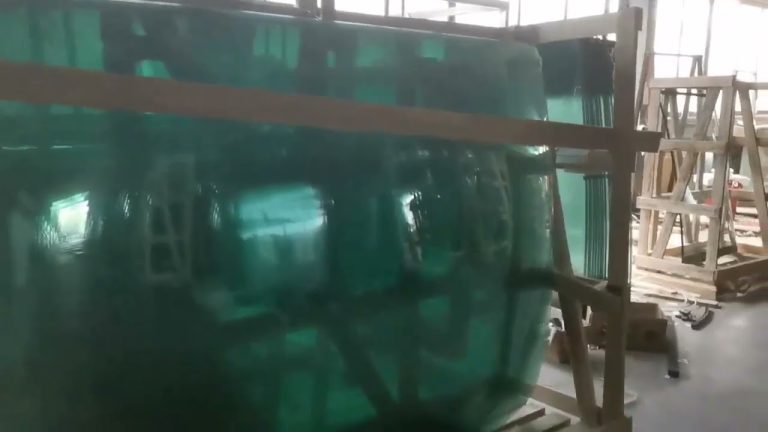Bus windshield replacement is often overlooked—until visibility is compromised or passengers complain about glare and heat. However, maintaining and replacing front windshields is not only a matter of clarity but a crucial part of ensuring passenger safety, driver performance, and fleet reliability. In this article, we explore why regular bus windshield replacement is critical and how OE standard glass with UV protection can make a measurable difference for modern fleets.
Common Causes of Bus Windshield Damage
Buses travel long distances daily, often across varying road and weather conditions. Windshields face constant exposure to:
• Road debris and rock chips
• Thermal expansion due to weather changes
• Stress cracks from vibration and structural fatigue
• Accidents and minor collisions
Even minor chips can compromise the structural integrity of the glass, especially if the windshield is not laminated. Cracks can obstruct the driver’s view, increasing accident risk—especially during night drives or in wet conditions.
Why Safety Standards Like ECE R43 and DOT Matter
To ensure consistent quality and safety, windshields used in passenger buses must meet international standards like:
• ECE R43 (Europe): Ensures optical clarity, impact resistance, and correct material strength for bus glass.
• DOT (U.S.): Mandates glass transparency, safety in breakage, and resistance to environmental conditions.
• CCC (China) and TS16949 (automotive manufacturing): Additional certifications that validate quality and consistency.
Choosing OE standard bus glass certified under these regulations ensures that your fleet remains compliant, safe, and insurable. Inferior or uncertified windshields can not only endanger passengers but may also lead to legal liabilities and failed inspections.
Advantages of UV-Protected Front Windshields for Coaches
Modern bus fleets are increasingly opting for UV protection bus glass, especially for long-haul coaches. The benefits include:
• Reduces cabin heat buildup, improving AC efficiency
• Protects driver and passengers from long-term UV exposure
• Prevents dashboard and interior fading
• Enhances driver alertness by reducing glare and fatigue
In regions with hot climates—such as Southeast Asia, the Middle East, or parts of the southern U.S.—UV-filtering laminated windshields are quickly becoming a standard upgrade.
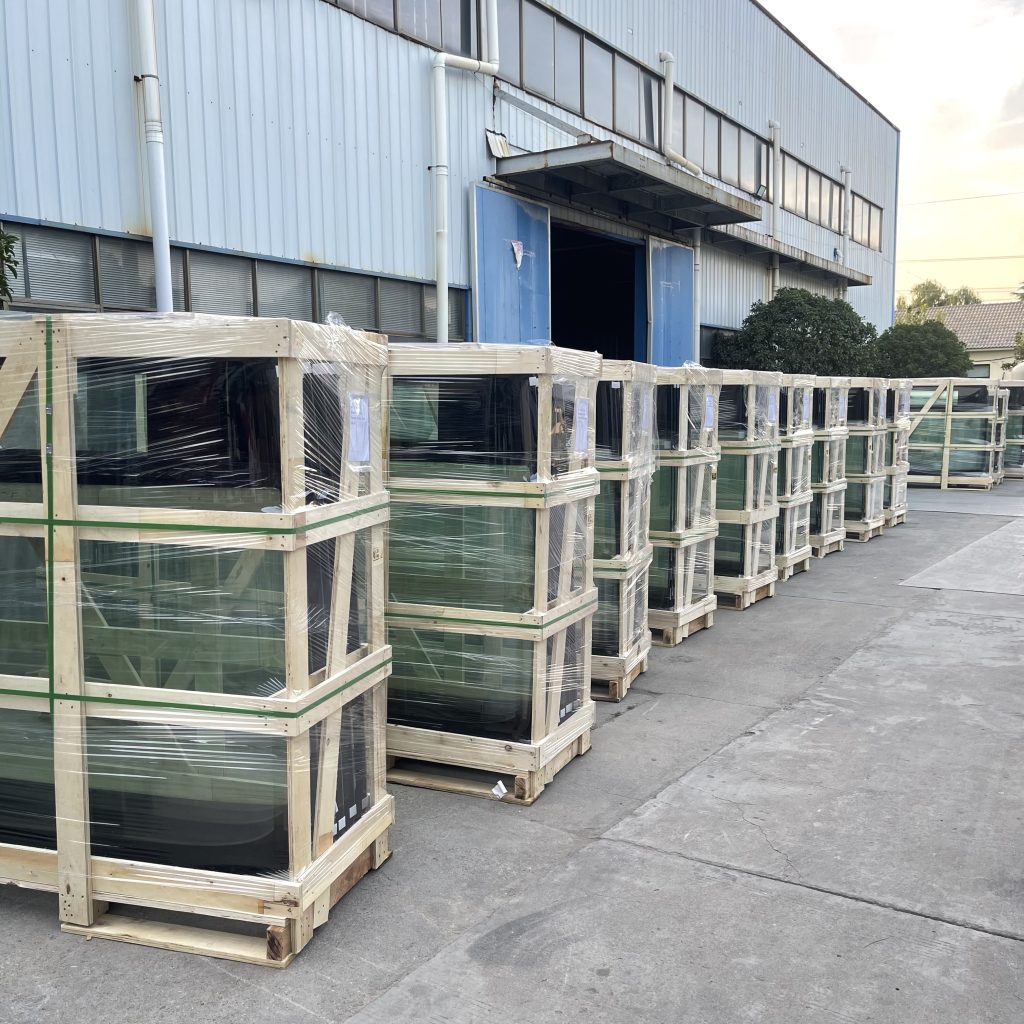
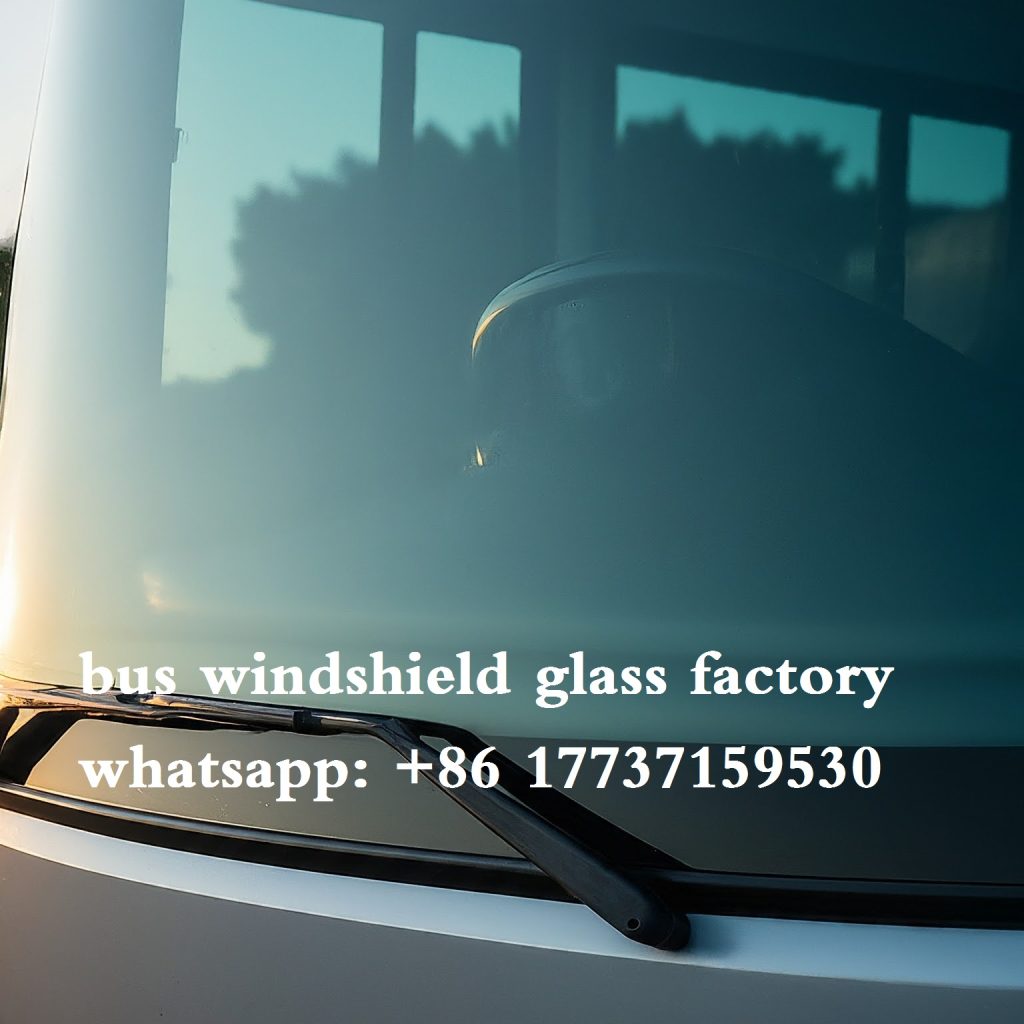
Where to Find Reliable Bus Glass Manufacturers
With rising demand for safety and comfort, not all windshield suppliers are created equal. Look for a bus glass factory that meets the following criteria:
• Certified to ISO9001 and TS16949
• Offers both tempered and laminated OE-standard windshields
• Able to supply in custom sizes for various bus models
• Provides UV protection and heating options (for colder climates)
Chinese manufacturers like DEAOFU BUS GLASS are known for their global supply capacity, competitive pricing, and compliance with international certifications.
Replacing a bus windshield is not just routine maintenance—it’s an essential part of keeping passengers safe, drivers focused, and fleets running efficiently. As urban transport expands and regulatory standards tighten, fleet managers must prioritize OE standard and UV-protected bus glass. Choosing the right supplier and replacing windshields proactively can reduce long-term costs and dramatically improve ride quality.

